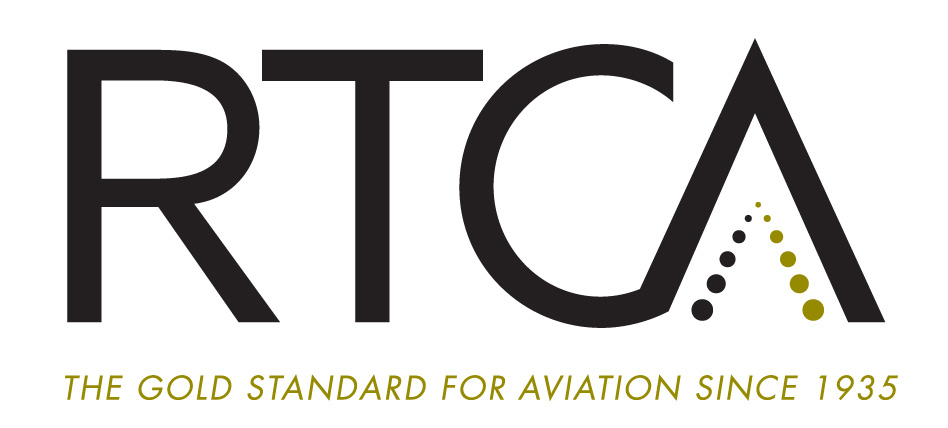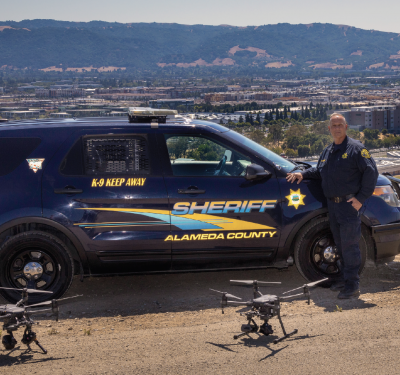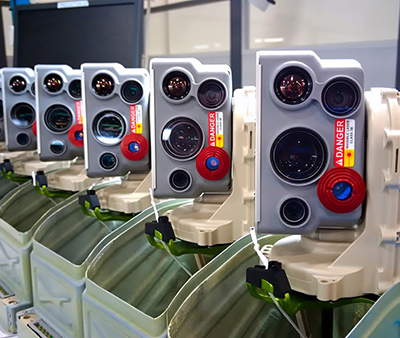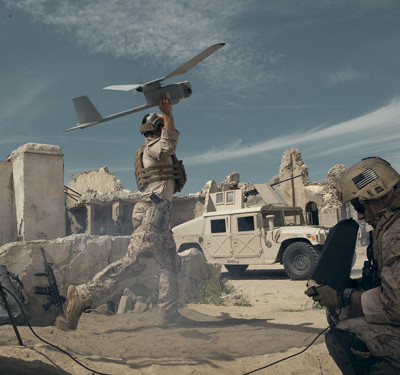
The Federal Aviation Administration has reached a compromise with the unmanned aircraft industry and a key pilot’s association to allow test results to determine whether or not larger unmanned aircraft will need to carry collision avoidance technology similar to that now required on airliners.
The decision is part of the standards setting process underway within RTCA Special Committee 228 (SC-228), one of the family of committees operating through RTCA, Inc., to develop consensus standards for aviation. The FAA works closely with RTCA to set new standards and then adopts and puts them into practice.
SC-228 is developing standards for larger unmanned aerial systems (UAS) transiting through Class D airspace (from the surface to 2,500 feet or 760 meters above the ground), E airspace (which generally extends from 1,200 feet or 370 above ground level up to but not including 18,000 feet or 5,500 meters), and G airspace (all airspace below 60,000 feet not otherwise classified as controlled).
The committee is working on standards for detect and avoid technology and for the communications that link unmanned aircraft with their pilots.
The committee’s decisions have particularly wide ramifications because they will help set the foundation for the standards that follow. Committee members are trying to complete draft standards by 2015 so that they can be tested and finalized by 2016. The work on detect and avoid technology — which aims to prevent unmanned aircraft collisions, particularly with other aircraft—has proven particularly challenging and it was announced at the November meeting that the schedule would slip substantially.
The consensus process, however, appeared in danger of truly bogging down this summer when the Airline Pilots Association (ALPA), questioned how collision avoidance was being handled in a key white paper.
ALPA said that setting the standards for the distance to be maintained between aircraft would not be enough. “It seems like we’re just focusing on self separation,” said Bridger Newman, an ALPA aviation safety and security specialist. “That is not something ALPA will agree to.”
To protect all planes operating in the airspace ALPA wanted to see a requirement for the same type of safety margins enabled by the FAA’s Traffic Alert and Collision Avoidance System or TCAS. The FAA was not enthusiastic.
Jim Williams, the manager of FAA’s Unmanned Aircraft Systems (UAS) Integration Office and the lead agency representative on the committee said the existing rules for aircraft dictate when an unmanned aircraft would need to carry to TCAS. Any aircraft that met the criteria would have to equip. Regulators, however, did not want to expand those rules. “It is not our plan to change those rules to create blanket coverage for UAS,” Williams said during a terse exchange.
Part of Williams’ concern was that there was another RTCA committee, SC-147, working on standards for the next TCAS update. Working through SC-147 could avoid the arduous and expensive process of certifying a new standard and coordinating it internationally.
The compromise announced at the November meeting in will push the decision off until it is possible to assess the need for a TCAS-like technology using actual test results.
The FAA participated in the decision and all agreed “to let the data show the way,” said committee co-chair George Ligler.






